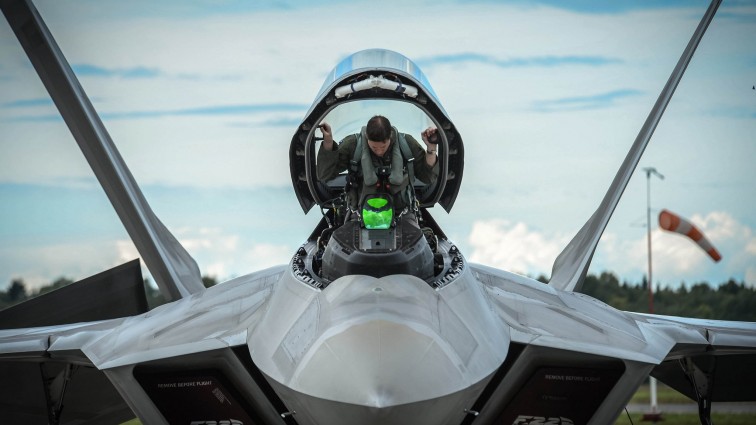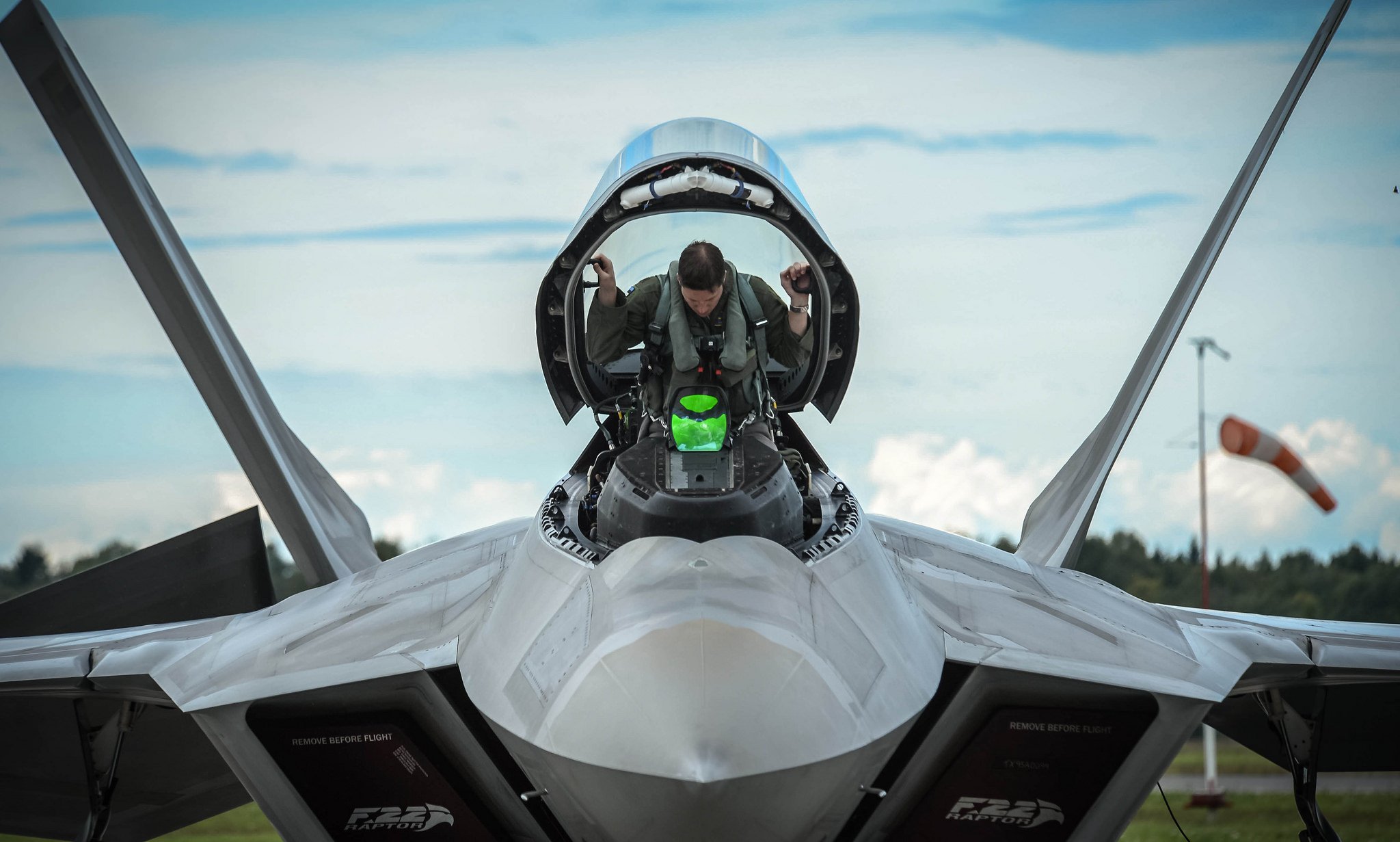The US’s military edge over Russia and China has come down to one plane

Since World War II, the US has dominated the skies in any region in which it wishes to project power — but recent competition from countries like Russia and China threaten to erode that edge, and only a small group of elite pilots maintain the US's edge in air superiority.
Russia has deployed powerful missile-defense batteries to Syria and its European enclave of Kaliningrad. The US Air Force can't operate in those domains without severe risk. US President Barack Obama himself has acknowledged that these missile deployments greatly complicate and limit the US's options to project power in Syria.
China has undertaken the breathtaking feat of building and militarizing islands in the South China Sea, outfitting them with runways and radar sites that could allow Beijing to establish an air defense and identification zone, the likes of which the US would struggle to pierce.
Russian S-400 Triumph medium-range and long-range surface-to-air missile systems at the Victory Day parade on May 9 marking the 71st anniversary of the victory over Nazi Germany in World War II at Red Square in Moscow. REUTERS/Sergei Karpukhin
Gen. David Goldfein, the Air Force chief of staff, speaking during the State of the Air Force address at the Pentagon, said of the Air Force's dwindling dominance: "I believe it's a crisis: air superiority is not an American birthright. It's actually something you have to fight for and maintain."
The US has the world's largest air force, but it is stretched thin across the entire globe. In the Pacific or the Baltics, smaller, more concentrated powers have reached parity or near parity with the US's gigantic fleet.
Only one US airframe remains head-and-shoulders above any and all competition: the F-22 Raptor.
The F-22 was the first fifth-generation fighter jet, and it is like nothing else on earth. The plane can execute mind-bending aerial maneuvers, sense incoming threats at incredible distances, and fly undetected by legacy aircraft.
The coming F-35 Lightning II, a stealthy technological marvel in its own right, has an impressive radar cross section approximately the size of a basketball. The F-22, however, blows it out of the water with a cross section about the size of a marble.
For this reason, the F-22 Raptor remains the US's only hope for breaching the most heavily protected airspace. Even so, an expert on Russian air defenses told Business Insider that F-22 pilots would have to be "operationally, tactically brilliant" to survive strikes against Russian-defended targets.
A recent article by The National Interest's Dave Majumdar seems to confirm that the US's Raptor pilots are indeed brilliant.
"Typically, we'll train against the biggest and baddest threats because we want to train against the newest threat on the block," one F-22 pilot told Majumdar.
"We're fighting against the most advanced operational threats we can," another said.
Политика конфиденциальности | Правила пользования сайтом









